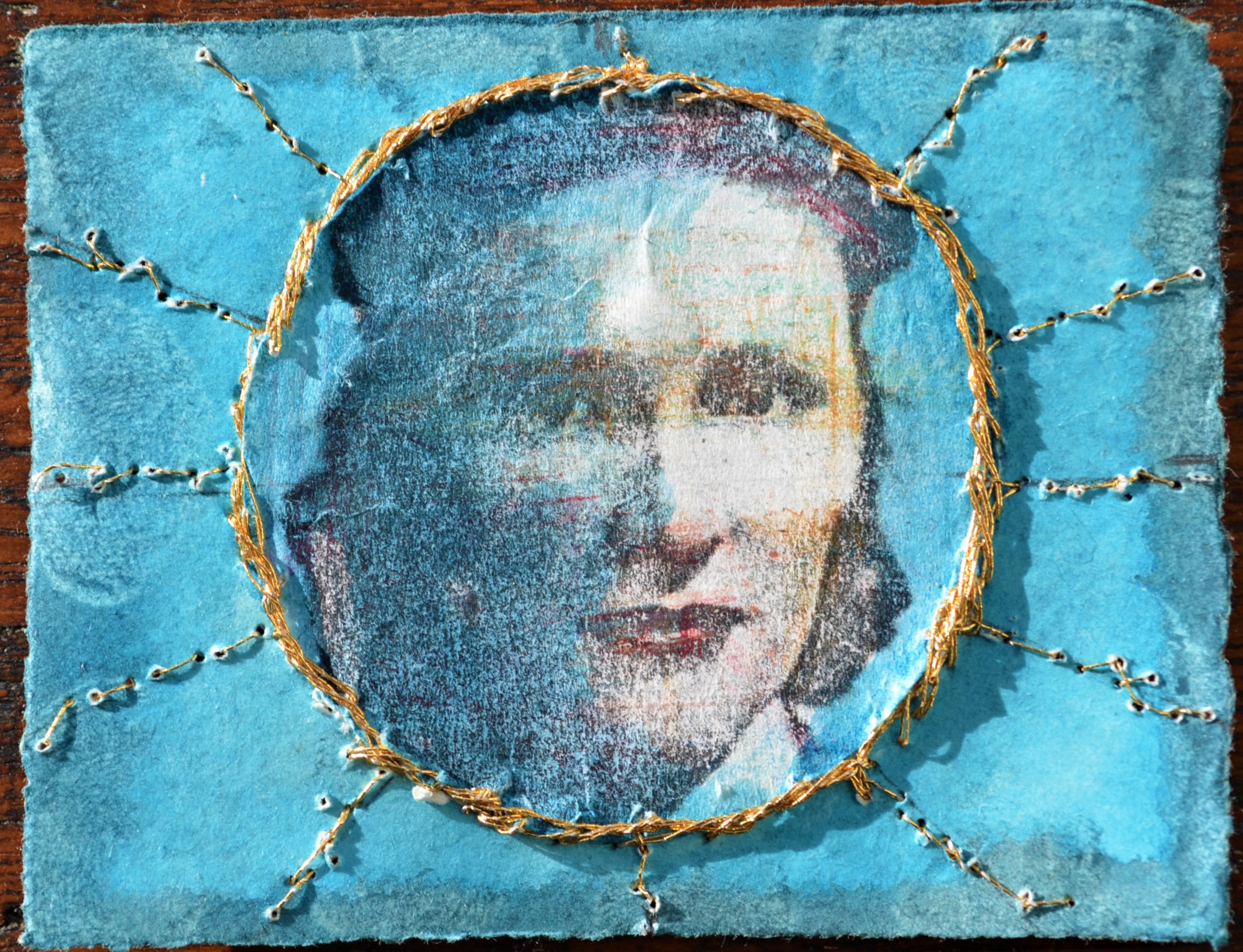The modern sympathy with invalids is morbid. Illness of any kind is hardly a thing to be encouraged in others. Oscar Wilde.
Before I re-start this poor neglected blog, I must first say that I am writing from a place of healing and wellness, but last November after a routine mammogram, I was eventually diagnosed with breast cancer. I am lucky in that it was picked up early and as these things go, it came with an excellent prognosis. In the scheme of things, it was not the end of the world and I mention it here only because of the stagnating impact it had on my creative flow and output.
Vulnerability is the birthplace of innovation, creativity, and change. Brene Brown
At the time, however tiny and eminently treatable it was, there were occasions, especially during the three weeks between biopsies and diagnosis, where mentally the ‘thing’ would shape-shift and grow out of all proportion to reality. Chronic sinusitis was already keeping me away from stone carving and now I had also, it seemed, become mute at the typewriter.
I was stuck, Stucker than I have ever been, until one grey afternoon when racing thoughts and racing heart threatened to overwhelm, something made me seek out a box of gouache paints and using toned paper I picked up an old familiar and very dear brush and began to paint a simple (yet unbelievably complex!) still life with flowers – and reader I lost myself for three whole exquisite hours!
That night I went to bed tired in a weary but good way, as if I’d used some long dormant muscle, and instead of the usual three a.m. horrors, found myself thinking of new subjects to paint and potential colour harmonies.
With each passage of human growth, we must shed a protective structure (like a hardy crustacean). We are left exposed and vulnerable – but also yeasty and embryonic again, capable of stretching in ways we hadn’t known before. Gail Sheehy
Slowly, the physical work with brush, paint and serious meditative looking/seeing, began to manifest in my brain pushing out negative thoughts and quite simply, my creativity, the quintessence of my artist’s being, moved back in! And then…colour exploded back into my life – I found myself staring moodily at leaves where the light stops and shade begins, at the pattern of my dog’s fur and inspecting the shine on coffee drips… There was (and still is) a burgeoning excitement at myriad possibilities of colour that for so long had inadvertently been missing from my life. And that’s the thing – there is a saying, ‘You don’t what you’ve got ‘till it’s gone.’ Well, it works the other way round too, in that you don’t know what you’ve been missing till it comes back into your life.
It is through weakness and vulnerability that most of us discover our soul. Desmond Tutu
I became superstitious, hoarding the feeling, needing to paint every day in case this amazing good fortune should run out. I imposed on myself a regime of painting every type of material possible, from the organic to the synthetic, from soft fleshy fruit to hard shiny plastic, and everything else in between. This was calming and gradually I began to settle down. Each new experience called up struggles and triumphs from the past and sometimes, as in the past, I overworked things and forced to bin them – this was hard, but I would always get back on the horse the next day. I was determined to establish a new lexicon, an exciting vocabulary of colour harmonies before beginning what I considered to be the ‘real’ work.
Courage is being scared to death and saddling up anyway. John Wayne
And if this all sounds easy, it wasn’t. Every single time I set out my paints, my stomach turned over and I would develop an urgent need to decalcify the kitchen taps… But the work paid off. Now it was as though I was catching up with myself, a circular feeling of being given another chance to do it better. Hand and eye synchronised, I became addicted to certain colours put together and stretched my capabilities. I began to paint what I really love with abandon – including tiny vintage chairs gleaned from Ebay, memories of drinking Rosé in the South of France with old friends and waterlilies painted at the lake’s edge en plein air… halcyon days.
Leap and the net will appear. John Burroughs
And now? I am about to start, not without trepidation, something I came across in the dusk by the waterlily lake. A shape under the trees hanging by a twisted rope, which made me jump out of my skin until I realised it was a makeshift scarecrow made of old coats and fishing bags. For a while I shelved this idea and let the doubts win, why would anyone paint this, much less find it interesting as a subject?
And finally, the other night, watching a string quartet playing the music of Hans Zimmer by candlelight, the eerie haunting music was overwhelmingly beautiful, but looking around everyone else looked so composed, less affected, while I was finding it unbearably beautiful. Instinctively I got out my sketchbook and somehow managed to draw the cellist in the dark – it was an incredible synchronous merging of sound and vision – forever cemented for me by the process of drawing.
And that’s when I knew. Even if I am the only person on the planet who feels such dread of scarecrows at dusk, and even If I make a complete hash of trying to express that feeling through paint, I owe it to myself to try.
As I write this – I have just booked an exhibition in Margate for next year! More follows.
Everything will be okay in the end…if it’s not okay, it’s not the end. John Lennon


























